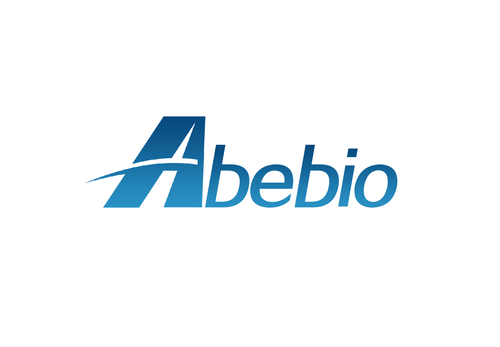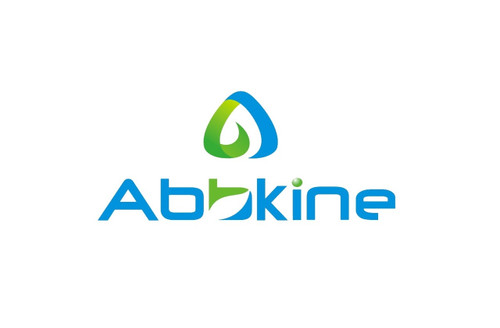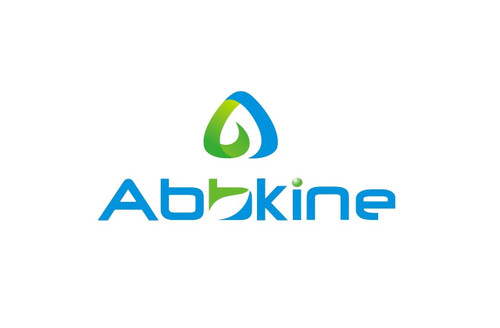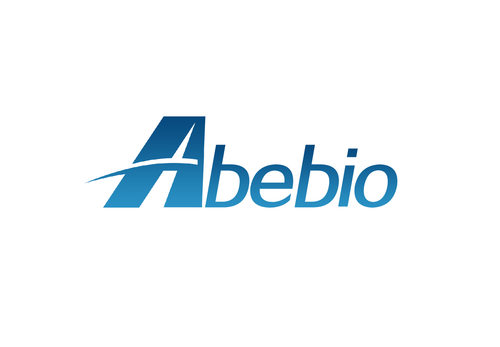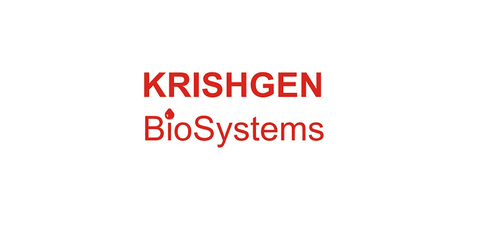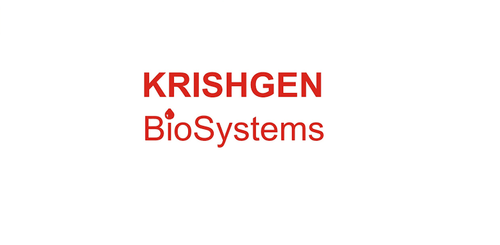Product Description
Human Protein Wnt-11 (WNT11) ELISA Kit | AE11154HU | Abebio
Species Reactivity: Human (Homo sapiens)
Abbreviation: WNT11
Alternative Name: HWNT11; MGC141946; MGC141948;
Application: ELISA
Range: 0.156-10 ng/mL
Sensitivity: 0.055 ng/mL
Intra-Assay: ≤3.4%
Inter-Assay: ≤6.1%
Recovery: 1, 03
Sample Type: Serum, Plasma, Other biological fluids
Detection Method: Sandwich
Analysis Method : Quantitive
Test Principale: This assay employs a two-site sandwich ELISA to quantitate WNT11 in samples. An antibody specific for WNT11 has been pre-coated onto a microplate. Standards and samples are pipetted into the wells and anyWNT11 present is bound by the immobilized antibody. After removing any unbound substances, a biotin-conjugated antibody specific for WNT11 is added to the wells. After washing, Streptavidin conjugated Horseradish Peroxidase (HRP) is added to the wells. Following a wash to remove any unbound avidin-enzyme reagent, a substrate solution is added to the wells and color develops in proportion to the amount of WNT11 bound in the initial step. The color development is stopped and the intensity of the color is measured.
Product Overview: WNT11 is the Ligand for members of the frizzled family of seven transmembrane receptors. Probable developmental protein. May be a signaling molecule which affects the development of discrete regions of tissues. Is likely to signal over only few cell diameters. WNT11 is a member of the WNT gene family. It encodes a protein which shows 97%, 85%, and 63% amino acid identity with mouse, chicken, and Xenopus Wnt11 protein, respectively. This gene may play roles in the development of skeleton, kidney and lung, and is considered to be a plausible candidate gene for High Bone Mass Syndrome. The predicted 354-amino acid protein shared 97%, 85%, and 63% identity with mouse, chicken, and Xenopus Wnt11, respectively. In situ hybridization to embryos indicated that, like mouse Wnt11, human WNT11 is expressed in the tips of ureteric buds and in the perichondrium, a stem cell-like layer that surrounds the future bones and directs their growth and regeneration.
Stability: The stability of ELISA kit is determined by the loss rate of activity. The loss rate of this kit is less than 5% within the expiration date under appropriate storage condition. The loss rate was determined by accelerated thermal degradation test. Keep the kit at 37°C for 4 and 7 days, and compare O.D.values of the kit kept at 37°C with that of at recommended temperature. (referring from China Biological Products Standard, which was calculated by the Arrhenius equation. For ELISA kit, 4 days storage at 37°C can be considered as 6 months at 2 - 8°C, which means 7 days at 37°C equaling 12 months at 2 - 8°C) .
 Euro
Euro
 USD
USD
 British Pound
British Pound
 NULL
NULL



